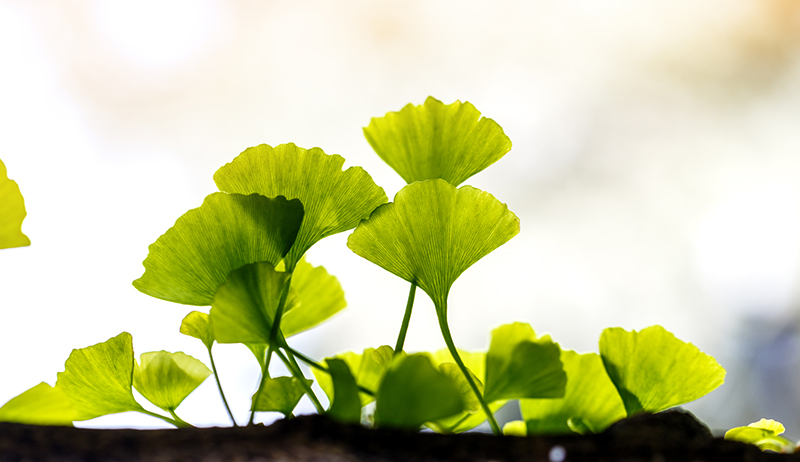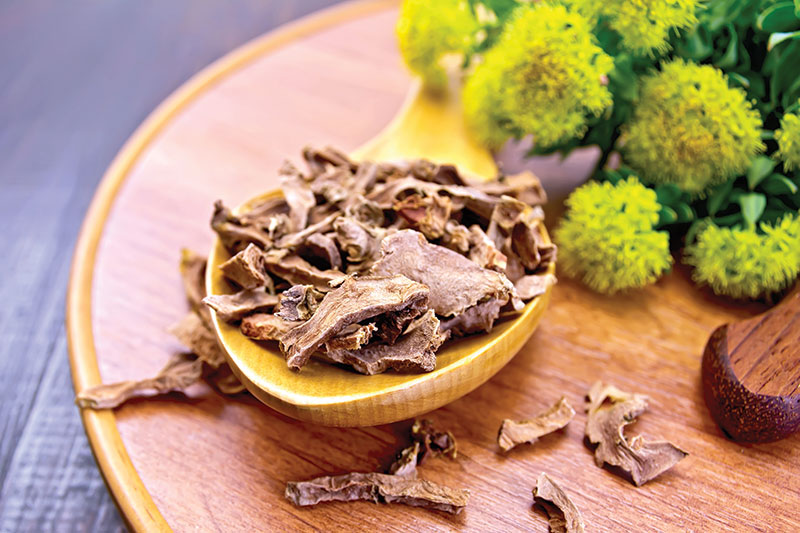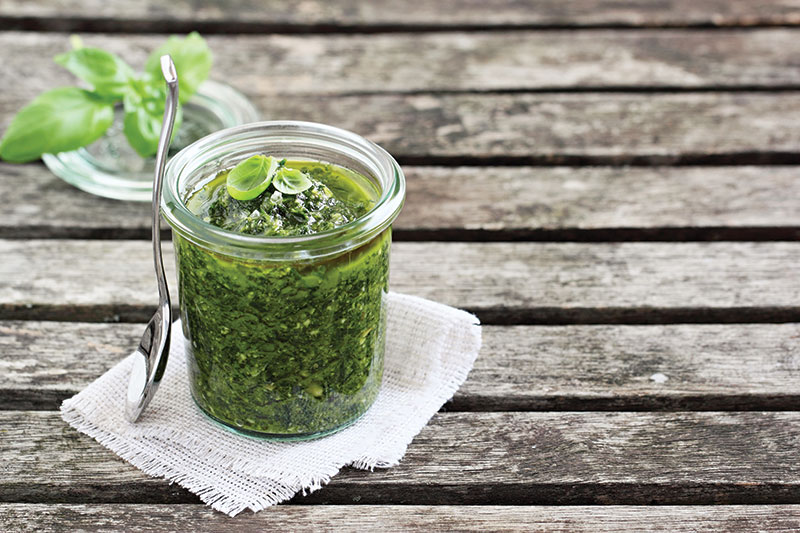
Until I began to study the adrenal glands, I thought they were only involved in the fight-or-flight response reaction. I imagined that we really only make demands on them when we’re in crisis or under-going extreme emotional stress, but we ask more of these glands than I knew.
This part of our endocrine system is tasked with maintaining balance in the body. This means that anything that requires an adjustment to keep our internal systems running smoothly puts stress on the adrenals. For example, when we stand up quickly, our adrenals are tasked with ensuring that hormones are released to increase blood pressure to our extremities. When the temperature changes, when we become angry or depressed or when our blood sugar drops because we forgot lunch—all of these situations demand our body to step up and attempt to regain equilibrium. That responsibility lands squarely on the shoulders of the two glands that sit on top of our kidneys: the adrenals.
Currently, our culture is not geared toward optimal adrenal health. There aren’t a lot of opportunities for us to experience peace in our bodies. We eat on the run or not at all. We get unreasonably angry because a traffic jam is unavoidable. We glory in how much we can sacrifice our health and comfort for our careers. Given the demands of our go-go-go society, it’s no wonder we’re all a bit overtaxed and seeking stress relief.
What To Do?
There’s a class of herbs called adaptogens that are specific to helping the body handle stress, and they tend to have minimal or no side effects when used in proper dosage. These herbs for stress relief, like eleuthero (Eleutherococcus senticosus) and ashwagandha (Withania somnifera), are unfortunately often difficult for the home gardener to grow on their own. However, the home herbalist still has an arsenal of adaptogenic and soothing nervine plants they can count on growing in their own gardens for stress relief.
American Ginseng: The Energy Booster

This woodland plant (Panax quinquefolius) is endangered, but you can manage a small patch on your property to harvest a continual supply of roots if you’re not able to find a sustainable source to purchase from. Ginseng root is an adaptogen that is invigorating and encourages a healthy metabolism.
For people who have symptoms of adrenal fatigue—dark circles, constant tiredness and elevated levels of cortisol, the stress hormone—American ginseng is a natural choice, and it can help with other forms of mental and emotional stress, including insomnia and even jetlag. It’s been included in tinctures as a bitter, helping to improve digestion and assimilate nutrients.
Borage: The Mood Lifter

There is one very beautiful plant that just about anyone can grow and use for the health of their adrenals: borage (Borago officinalis). The fuzzy leaves and cheery blue blossoms of borage are the perfect tonic and a well-known mood lifter. The texture is a bit prickly, but if you can get past that, this is an herb that you can truly love. Both the leaves and blooms can be used in salads, and the delicate, blue flower can be used to decorate baked goods or garnish beverages for friends.
Everybody could use a little adrenal boost now and then, so why not add this plant to your garden plans for stress relief? It’s an excellent companion to strawberries and tomatoes, and it’s an annual that’s easy to direct-seed. In fact, it tends to reseed itself and will appear in new places throughout your garden year after year.
Chamomile: The Sleep Aid

Chamomile is the quintessential nighttime tea, and both varieties—German and Roman—have a calming action on the body.
German Chamomile
A self-seeding annual in the Midwest, German chamomile (Matricaria recutita) grows from 6 inches to 2 feet tall. The leaves are ferny and delicate, and it has a typical aster flower with a yellow disc in the middle surrounded by evenly spaced, white petals. It smells like apples, and the essential oil derived from the flowers is blue due to high levels of the organic compound azulene.
Traditionally, German chamomile has been used to calm, feed and soothe the nervous system and to support good digestion. You can use all parts of the plant in salads, though watch out for its bitter flavor. They say that the longer you use chamomile on a daily basis, the more benefit it will give you. Because it’s a tonic, there are few reasons to avoid it, unless you happen to have an allergy to ragweed. Even then, there is only a very slight chance that someone might have a reaction, and it is most always a topical rash. I grow this type to harvest and dry for my medicinal preparations. It blooms more prolifically than the Roman variety and makes my time picking worthwhile.
Roman Chamomile
Although it likes a warmer climate, Roman chamomile (Chamaemelum nobile) is typically grown as a perennial. Hardy to zone 5, it will stay around for some winters but not the very bitter ones. It’s a creeper, only growing 3 to 4 inches high. The leaves are thicker and more substantial than those of the German variety and, in my experience, so are the flowers. This is the flower you want if putting together a chamomile “lawn” or planting in between your patio pavers. Its flowers and leaves also smell of apples, but while the essential oil of this plant is useful, it doesn’t contain high levels of azulene, so it’s clear.
Roman chamomile has also been traditionally used for its calming and relaxing properties. It doesn’t bloom as much or as often as the German variety. It’s worth picking for a cup of tea, but I’m not sure I’d want to count on it to fill my herb jar.
Ginkgo: The Memory Enhancer

This common street tree (Ginkgo biloba) is the last remaining member of the oldest plant order still living on Earth, a nod to its own ability to endure stress—and its ability to help is with stress relief. While not an adaptogen, this herb supports the work of adaptogenic herbs by increasing cerebral circulation and is often used alongside them in preparations.
Gingko leaves, when used in a tea, tincture or capsule, have been found to support brain health and increase energy by providing greater oxygen flow to brain cells. This, in turn, improves mood and reduces tension and anxiety, in addition to its more well-known use as a memory enhancer. The tree can be grown in just about any kind of soil in full sun. It’s a slow grower, so it can take a few years before a harvest of leaves is available.
Lavender: The Nerve Relaxer

Lavender (Lavandula spp.) is a nervine, known for its action on the nervous system, helping with sleep, relaxation and overcoming traumatic experiences. It’s specific for stress and anxiety, but if left to steep at least 10 minutes in a tea, there is also a bitter component that is very good for digestion.
What an amazing lesson this plant has taught me about how it can help us to find our resiliency in the face of overwhelming stress. Lavender can support us as we choose to start anew rather than fighting to inhabit the space we were accustomed to holding.
Reishi: The Immune Supporter
If you’ve already found space near your garden shed for a few shiitake logs, the next step to take is raising mushrooms for medicinal reasons. The reishi mushroom (Ganoderma lucidum) is also classified as an adaptogen and offers support to the immune system. It’s high in antioxidants and has been found to support healthy blood-pressure and blood-sugar levels alongside its anti–viral and tumor-suppressing properties.
Reishi mushrooms look like varnished wood. They’re tougher in texture than other mushrooms, even when fresh. You’re not going to sauté some up in a pan. Instead, powder or tincture them. The first time I held a reishi mushroom in my hand I was struck by how exotic it seemed. For a long time, it was best known in traditional Chinese medicine, but there really isn’t a need for us to see it as an exotic medicine from another country, though. It’s native to North America and can be grown at home or sustainably wildcrafted if you know to look for it.
Rhodiola: The Endocrine Invigorator

Rhodiola rosea is an adaptogen that grows in mountainous regions. This means it loves the American Rockies and has long been revered in the mountains of Asia and Europe. Rhodiola is a medium-sized succulent plant related to stone crop and jade plant that produces a beautiful flower in pink, yellow or red.
Chinese emperors would send men along the trade routes in ancient times to bring back the “golden roots” for medicine, and rhodiola does indeed have a yellow root. The second part of the plant’s latin name, rosea, provides another clue about it, telling us of the rose scent we can expect to find in the root due to the presence of the constituent geraniol.
Rhodiola is present in formulas for men to support the endocrine system. The plant is said to be supportive of the circulatory and immune systems, anti-inflammatory, and able to increase the capacity for and recover from exercise. It might also be helpful with blood-sugar balance and appropriate cholesterol levels, as well as some types of cancer.
The plant is usually combined with other adaptogens in a formula for stress relief. This is because it is incredibly drying in the body; a little goes a long way. The best supply of rhodiola comes from Russia, and there is a marked difference between this and the supply from China.
Holy Basil Pesto

Perhaps one of the easiest adaptogens for stress relief to add to your herb garden is holy basil. While it makes a delightful tea, you can use it in place of regular sweet basil in your favorite pesto recipe. Here’s one I make for my family that can be used right in soups and pastas or frozen for later use.
Ingredients
- 1 cup holy basil
- 1/2 cup cilantro
- 1/4 cup cashews
- 1/2-inch piece of fresh ginger, outer bark removed
- 1/2 cup Parmesan cheese
- olive oil
- salt and pepper to taste
Preparation
In a blender, purée holy basil, cilantro, cashews, ginger and Parmesan. Pour in olive oil until you reach the desired consistency. Add salt and pepper to taste. Serve immediately or freeze for later use.
Take some time to slow down with these herbs and while you’re at it, turn to the help of your herb companions to find the balance you need. If you do, you’ll build a healthy foundation for cultivating a more fulfilling life.
This article appeared in Healing Herbs, a 2018 specialty publication produced by the editors and writers of Hobby Farms magazine. Aside from this piece, Healing Herbs includes articles on herbs that can help with pain relief, sleeplessness, herbs for teas, how to cut and dry herbs, preparing and preserving herbs, foraging for medicinal herbs, and becoming an herbalist. You can purchase this volume, Hobby Farms back issues as well as special editions such as Living Off the Grid and Best of Urban Farm by following this link.




